The scientific name of mantis shrimp is Mantis Shrimp, also known as mantis shrimp, shrimp crawler, mantis shrimp, delicious and cheap, it is a popular aquatic product. The meat is the most plump from April to June every year, which is the best time to eat. So how many kinds of mantis shrimp are there? The editor has sorted out the top ten common species, namely Wu's mantis shrimp, long forked mantis shrimp, spiny mantis shrimp, sharp-spined rough mantis shrimp, spotted lyre shrimp, broken spine mantis shrimp, black spot mantis shrimp, peacock tail mantis shrimp, Stephenson mantis shrimp, Japanese tooth finger mantis shrimp, let's take a look at the types of mantis shrimp and related content.

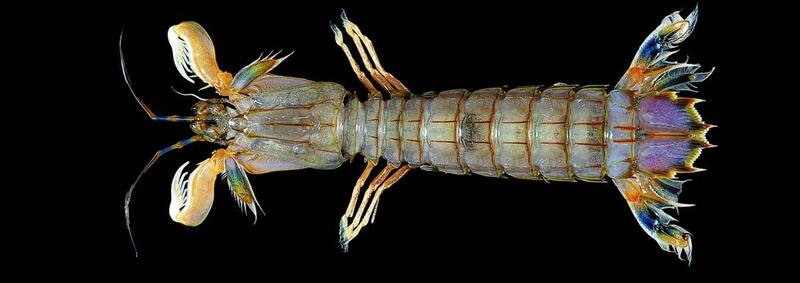
Habitat: Indo-West Pacific
Wood's mantis shrimp is one of the most common mantis shrimps and belongs to the medium to large mantis shrimp species. Wood's mantis shrimp is light green in color, with reddish brown ridges, chestnut in the center of the back of the caudal peduncle, yellow posterior edge, pink basal spines, blue outer and inner limbs of the tail limbs, semi-cylindrical, flat up and down, and the length of an adult is about 120mm, and the longest can reach 155mm.
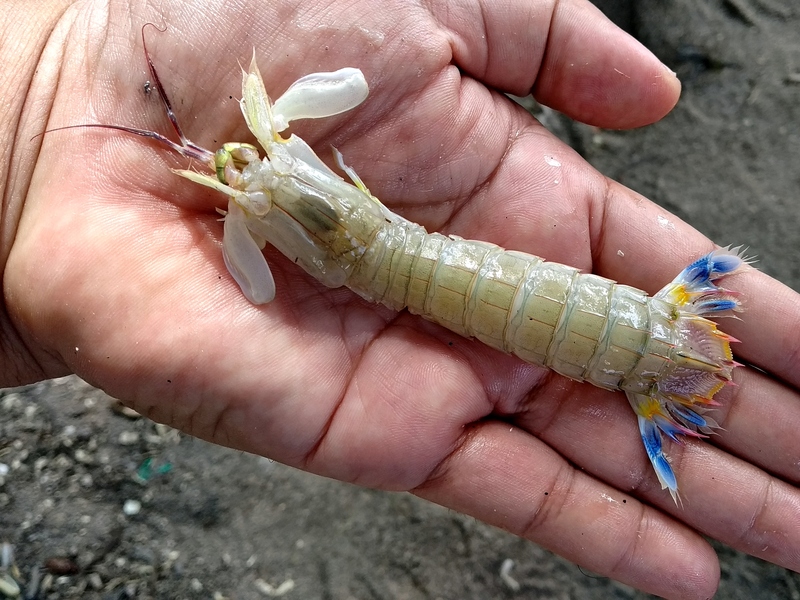
Wood's mantis shrimp is widely distributed in the Indo-West Pacific, mainly active in waters within a depth of 5~50m, with a wide range of habitat depths and adaptability to temperature and salinity. Under natural conditions, the larval metamorphosis process takes about 4-5 months, and then it grows to sexual maturity after 10-12 months of growth. The annual breeding season is from April to August.
Habitat: Indo-Western Pacific
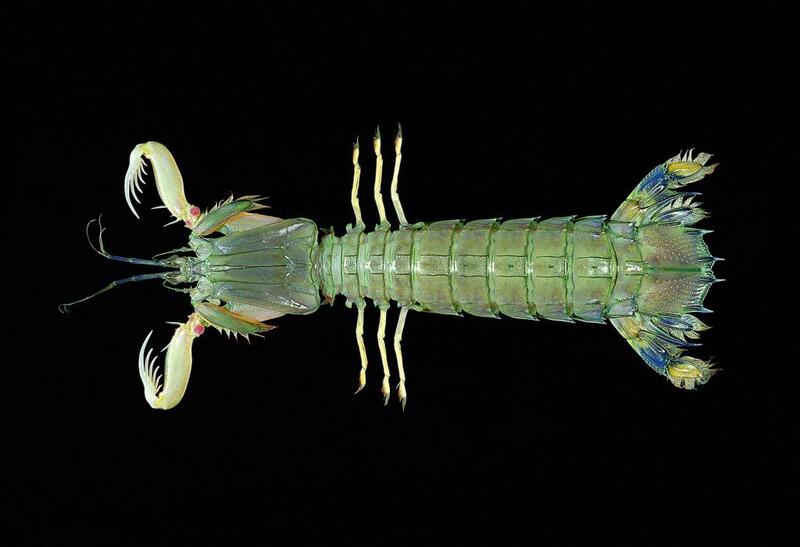
Long-forked mantis shrimp is a popular species of mantis shrimp. It is understood that long-forked mantis shrimp often cohabits with Wu's mantis shrimp, mainly distributed in the Indo-Western Pacific, and is common in the surrounding waters of Indonesia, Malaysia, Vietnam, etc. The bottom is mainly mud or muddy, and the selectivity is not strong. The back of this mantis shrimp is gray-green, all the ridges, grooves and the posterior margins of the body segments are brown-green, the central ridge and lateral margins of the tail peduncle are dark green, the base spines at the end of the inner and outer forks of the tail limbs are red, and the tail segments of the outer limbs of the tail limbs are yellow. The walking legs are slender and bipedal, and the body length can reach 165 mm. It is a larger mantis shrimp.
Habitat: Southeast Asian waters
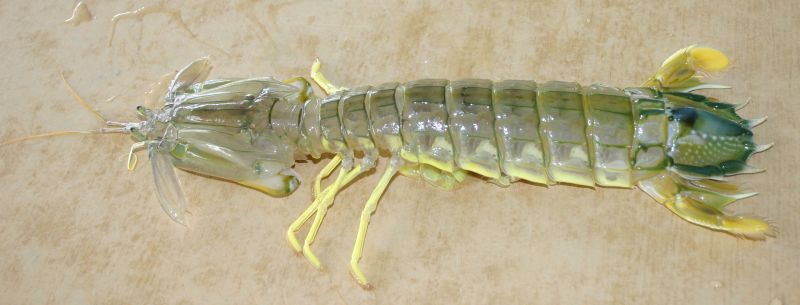
Spiny mantis shrimp is as its name suggests, it grows fiercely, looks fierce, and is even more expensive. Spiny mantis shrimp is generally more than 20 cm in size, and the big ones can be 30 cm. The market price is comparable to that of lobsters. It is a very promising aquaculture species. Its back is light brown-green, the ridge and the posterior edge of the body segment are dark brown, the subcentral ridge of the sixth abdominal segment is dark green, there is a pair of dark spots on both sides of the central ridge of the caudal peduncle, the base spine ridge of the caudal peduncle is green, the inner limb edge of the tail limb is dark brown, and the outer limb is yellow-brown. Spiny mantis shrimp is distributed south of Sagami Bay, Japan, through Taiwan, China to Hong Kong, China, the South China Sea Islands, the Philippines, the Malay Archipelago, Vietnam, the Indian Ocean, South Africa and Australia, etc.
Habitat: Japan/China/East Africa

Spiny rough mantis shrimp, also known as spike-mouthed mantis shrimp and emperor mantis shrimp, is one of the common mantis shrimp species. The front part of this mantis shrimp is narrow, its side corners have spines, the rear side edge is rounded, there are sharp spines on the inner side of the predatory toes, and there are obvious black-brown spots on the central abdominal segment and the fifth abdominal segment. The body is up to 20 cm long. Spiny rough mantis shrimp mainly inhabits sandy and muddy seabeds at a depth of 50 to 360 meters. It is distributed in Japan, Taiwan Province of China, and the eastern coast of Africa. The breeding technology is mature. Because of its large size, it tastes dry when steamed or blanched. It is more suitable to eat it with salt and pepper and garlic vermicelli. It tastes good when braised in oil.
Habitat: Tropical waters around the world
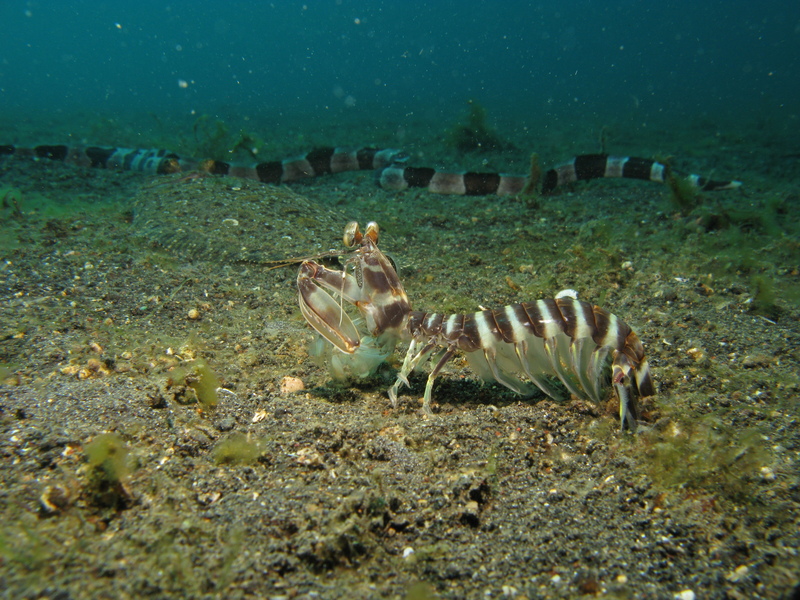
Spotted mantis shrimp is the Plus version of mantis shrimp, up to 40cm long. Spotted mantis shrimp is also known as zebra mantis shrimp and tiger mantis shrimp. Its black and milky white body color is like the stripes on a zebra, and it also looks like a piano keyboard. Adult shrimps are about the same length as an adult's arm. They are extremely ferocious and are usually sold one by one in large beverage bottles by vendors.
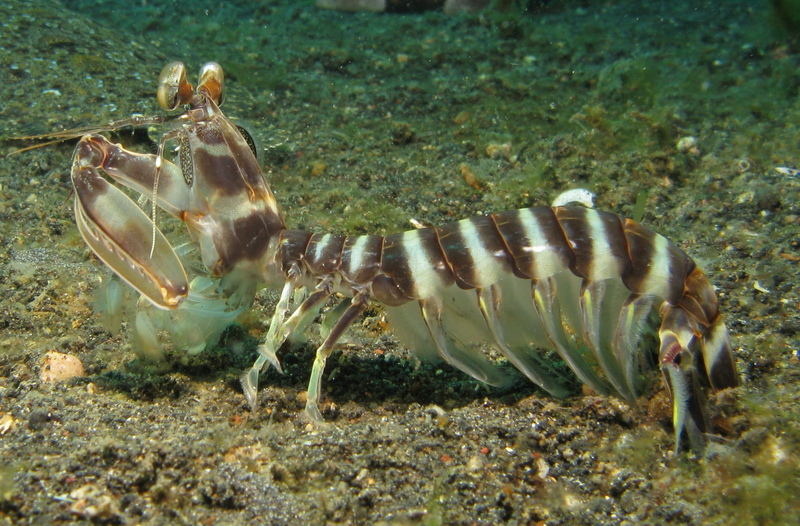
They are also a very unique landscape in the seafood market. Spotted mantis shrimp are distributed in tropical waters around the world, including the Pacific Ocean, the Indian Ocean, the Taiwan Strait, the South China Sea, etc. Similar species include the groove-fronted mantis shrimp and the thirteen-toothed mantis shrimp.
Habitat: east of the Persian Gulf/Australia
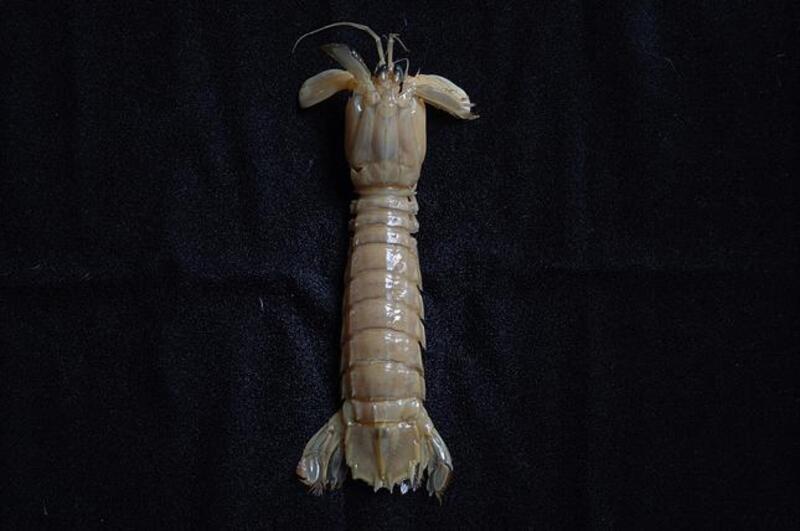
Broken-back mantis shrimp is one of the top ten species of mantis shrimp. It is medium to large and can reach 160mm in length. The back of the Broken-back mantis shrimp is light olive green, the groove of the cephalothorax is dark green, the ridge is dark red, the posterior edge of the body segment is dark green, the ridge is green, the central ridge of the caudal peduncle has a brown spot, the tip of the base spine is red, the outer limbs of the tail limb are yellow, and the central ridge of the cephalothorax is obviously interrupted by the bifurcation. Broken-back mantis shrimp are mainly distributed east of the Persian Gulf to Vietnam, Hong Kong, China, Taiwan, China, mainland China and Australia. April and May every year are the best seasons to eat mantis shrimp. After June, the spawning of mantis shrimp ends, and coupled with the fishing moratorium, it is difficult to eat plump mantis shrimp in summer.
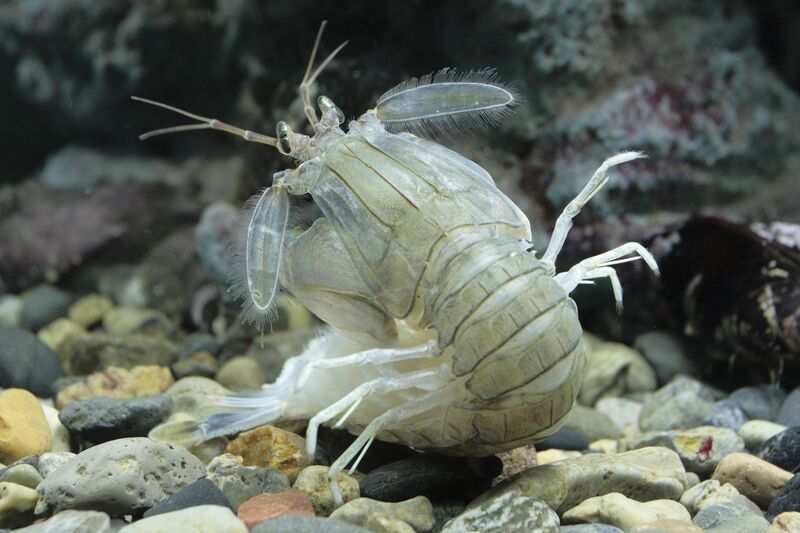
Black-spotted mantis shrimp is one of the ten most popular species of mantis shrimp, named after the black spot on the tail. Black-spotted mantis shrimp grows faster and larger than ordinary mantis shrimp. The growth rate is affected by environmental conditions such as water temperature, salinity, pH value, dissolved oxygen, etc. This mantis shrimp likes to live in the soft mud bottom of the pond and build a burrow, usually in a U shape, and chooses a Y shape to keep warm during the winter. It is understood that this mantis shrimp has become the first choice of many breeders because of its large size, fast growth and high yield. It is currently a common species on the mantis shrimp market, and the price is generally relatively cheap, which is very popular with consumers.
Habitat: Indian Ocean/Pacific Ocean
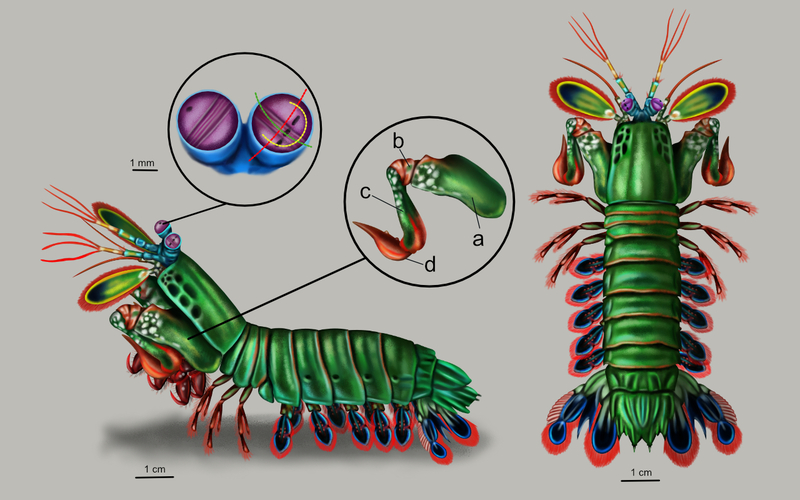

Peacock mantis shrimp is also called cicada-shaped toothed mantis shrimp or colorful mantis shrimp. It is a star species among mantis shrimps and has become an Internet celebrity with its gorgeous appearance and skills. Among all mantis shrimps, peacock mantis shrimp has the brightest body color, with a body length of up to 20 cm. The whole body is usually dark green or blue-blue, the antenna scales are orange-red, the front of the cephalothorax has a coffee-colored honeycomb pattern with white edges, and the three pairs of thoracic legs and predatory claws are red.
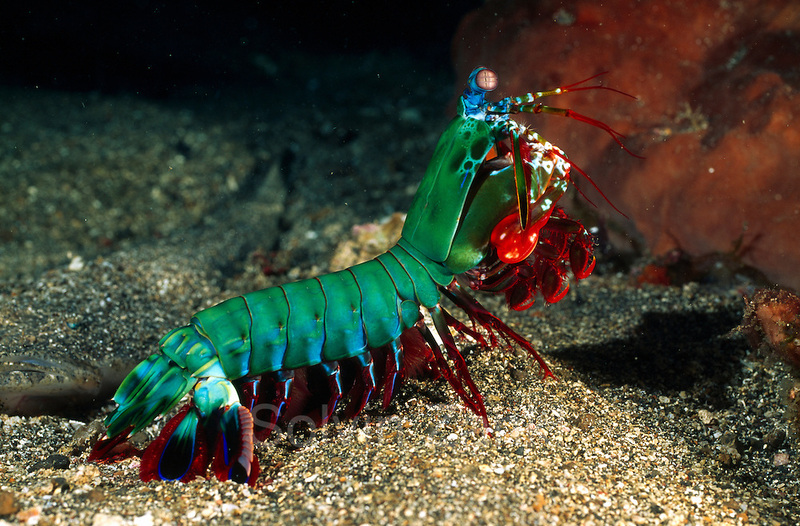
The appearance is as gorgeous as a peacock. Peacock mantis shrimp is distributed in tropical waters of the Indian Ocean and the Pacific Ocean, including China's South China Sea and Taiwan Waters. It often lives in the crevices of reefs or caves, or hides behind rocks and corals and waits for prey.

Stephenson's mantis shrimp is a large mantis shrimp, generally about 20 cm long, native to the Gulf of Carpentaria between Arnhem Land and Cape York Peninsula in northern Australia. Stephenson's mantis shrimp has lightning-fast reactions and terrifyingly long and sharp spines, and it is difficult to live in peace with it. It also has unique "T"-shaped eyes, which can effectively give it perfect depth perception to find and capture prey. Once the prey is caught in its spiny claws, there is basically no chance of escape. Stephenson's mantis shrimp is unique to Australian waters and has not been found anywhere else in the world.
Habitat: India to the Western Pacific
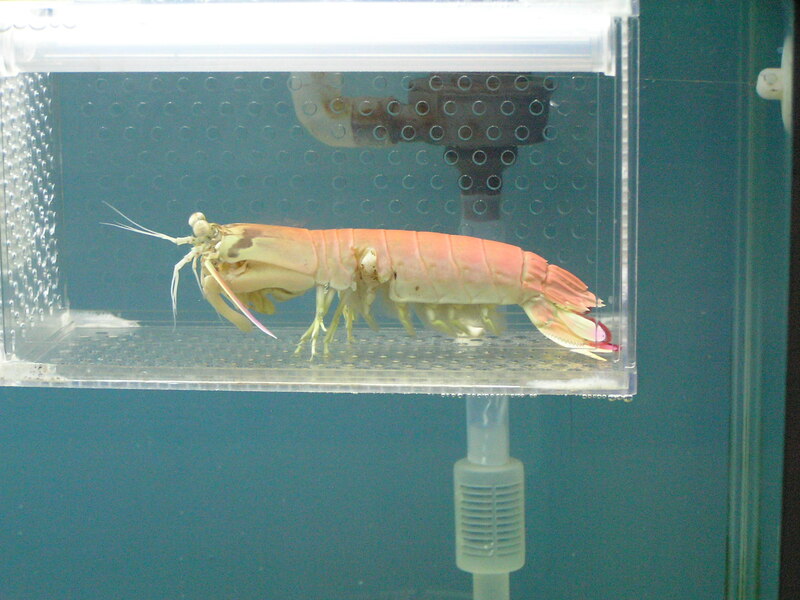
Japanese Tooth-finger Mantis Shrimp, also known as Colorful Mantis Shrimp and Rainbow Mantis Shrimp, is mainly distributed from India to the Western Pacific, from the Western Indian Ocean to Australia and Japan. It can also be seen in Taiwan and Hong Kong, my country, but in very small numbers. It lives in muddy and sandy seas below 70 meters deep and often digs caves in gravel and sand on the seabed. The front part of the head and chest of Japanese Tooth-finger Mantis Shrimp has brown spots, and the body color is sexually dimorphic. The back carapace of male individuals is mainly pink-orange or reddish-brown, while the back carapace of female individuals is turquoise, so it is often used as an ornamental shrimp.
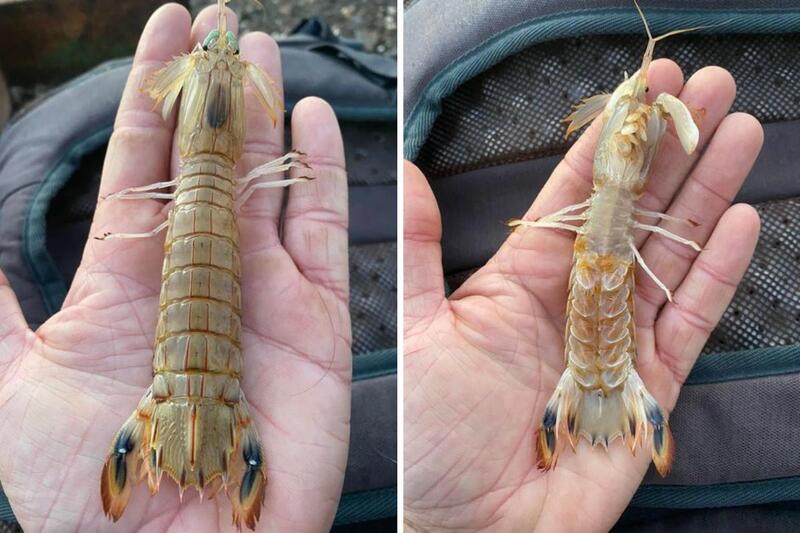
The top ten species of mantis shrimp are based on the characteristics and quality of common mantis shrimp, with reference to the public popularity of mantis shrimp and other related information, and combined with other relevant rankings/lists on the Internet for comprehensive ranking recommendations. The list is for reference only. If you have any questions, please comment/communicate at the end.
French mantis shrimp, East Asian near-mouth mantis shrimp, front-spined mantis shrimp, Japanese fierce mantis shrimp, Manning's small-mouthed mantis shrimp, spineless small-mouthed mantis shrimp, spine-tailed rough mantis shrimp
animal tags: Mantis-shrimp
We created this article in conjunction with AI technology, then made sure it was fact-checked and edited by a Animals Top editor.